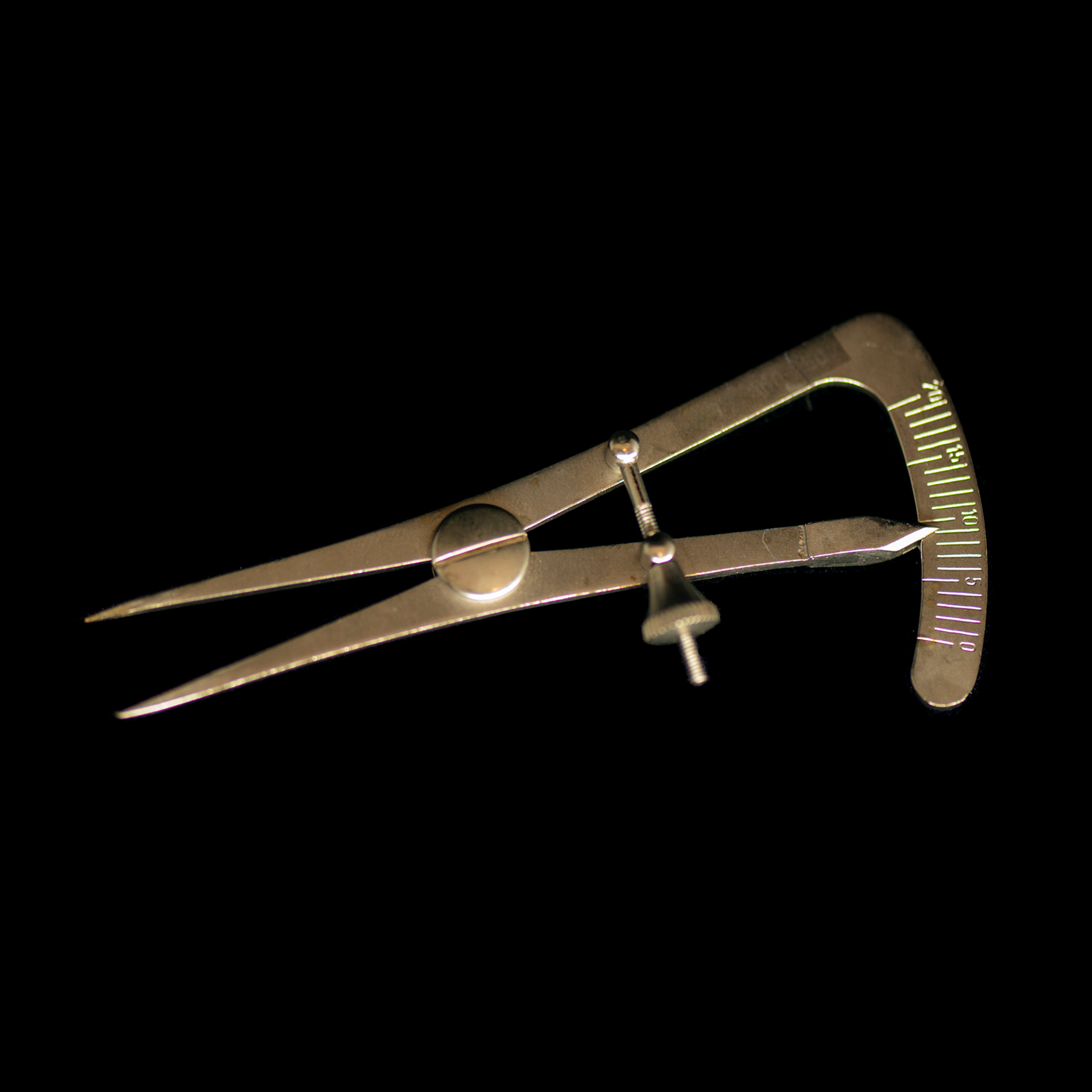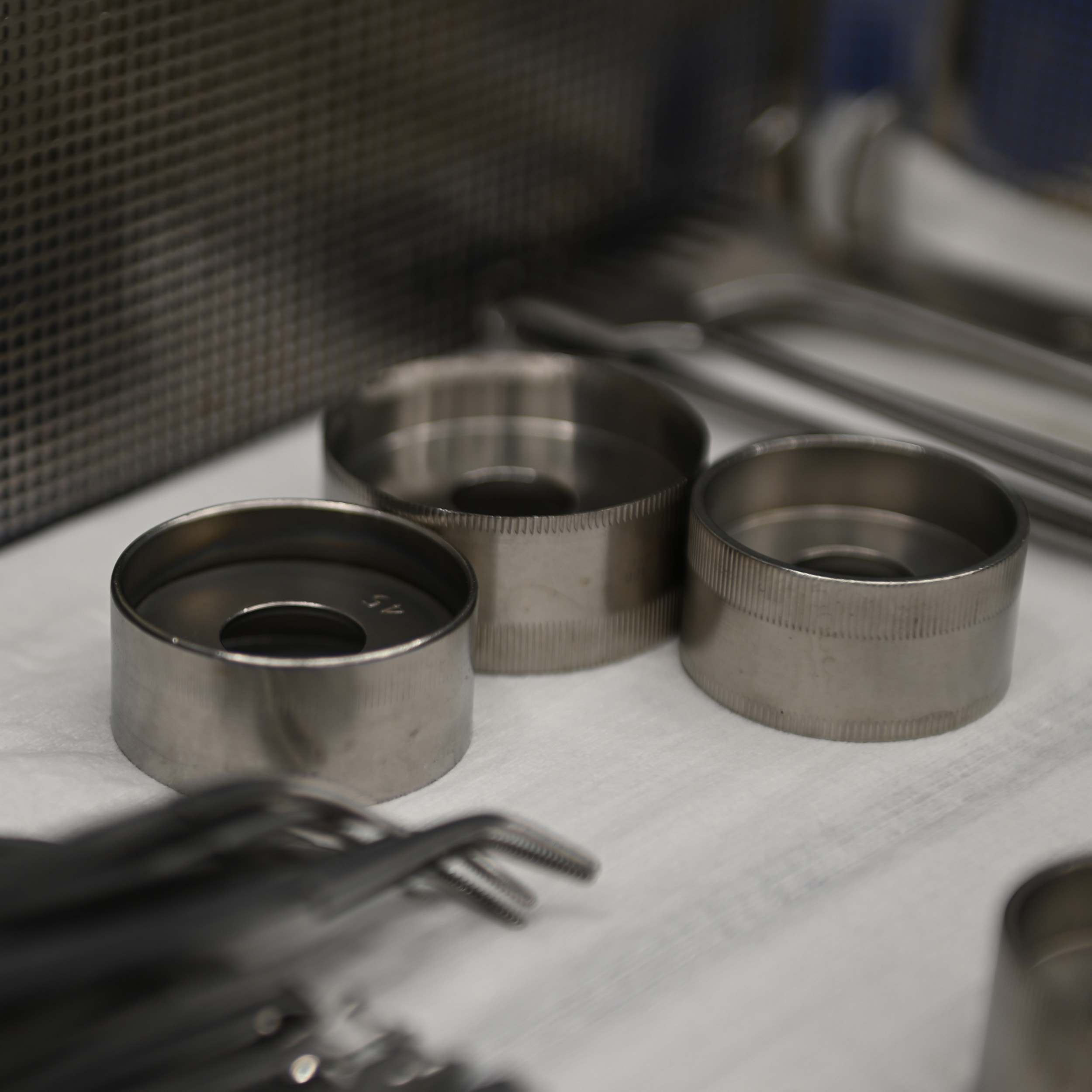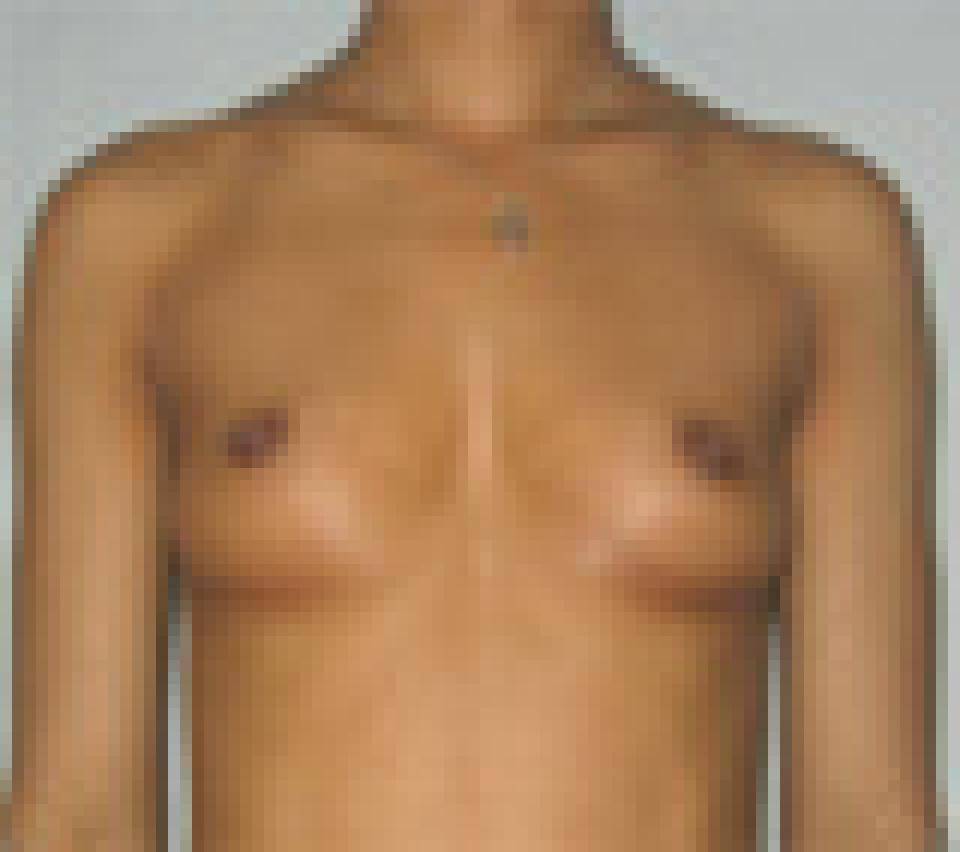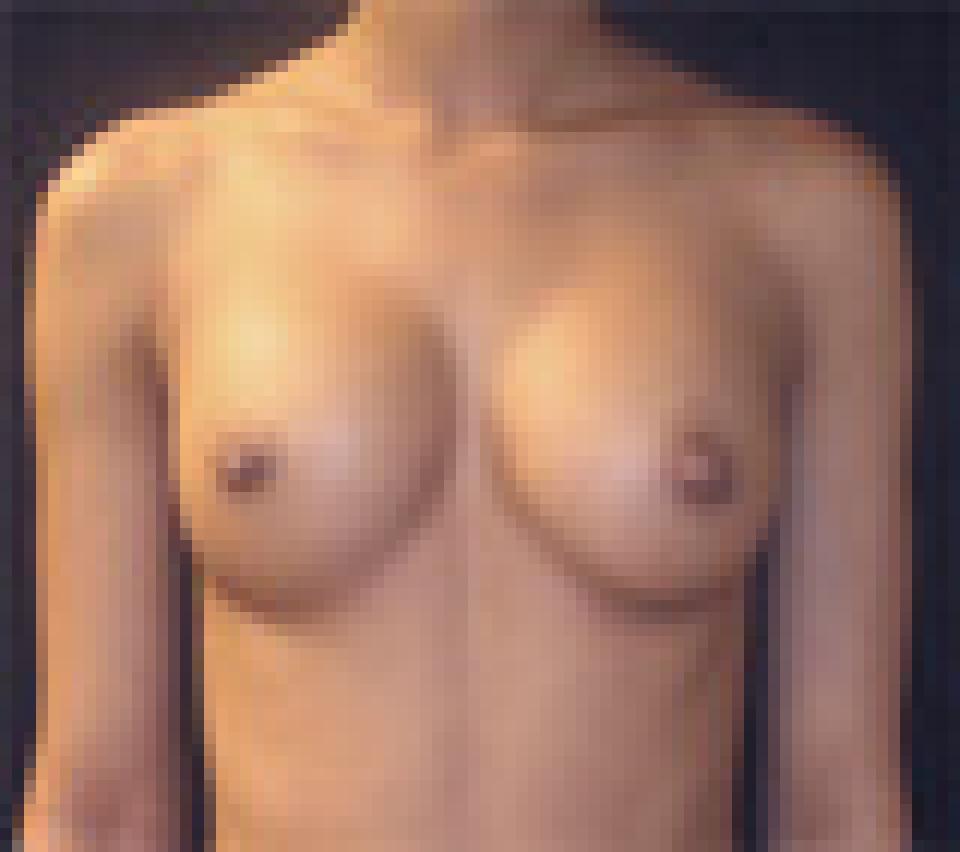Introduction to Breast Surgery
A client's decision to have breast surgery is a highly individual one and there are many options available depending on your goals. Changing the size of the breast, whether to make it larger or smaller or revising the shape, can have profound effects on the way you look and feel about your body.
Many women find that motherhood and aging alters the size and volume of the breast causing sagging and unevenness. This is also true of clients who suffer various illnesses including breast cancer or abnormalities such as tuberous breasts.

Considering Breast Surgery?
Some women find that they have overdeveloped breasts, which can lead to physical discomfort and back pain, particularly on a small frame. For some personality types, they may also find they attract the wrong kind of attention, and/or that they are excluded from wearing certain types of clothing that can make shopping, particularly for business attire difficult. In this case they may opt to have a breast reduction to ease some of the discomfort.
Other clients may not suffer from functional deficits but feel inadequate due to a general lack of volume. These concerns have lead many women to consider breast surgery as a way to restore their natural form and allow them to once again embrace evolving perceptions of femininity.
The human breast is made up of a number of different types of tissues including connective, muscular, fatty and glandular tissues. The client's options available will be guided by the specific make up of their breasts as well as their aesthetic goals. Whatever your unique situation, Dr. Belsley’s objectives are always to achieve a beautiful shape and a harmonious body proportion.
What are my options?
Breast surgery procedures carried out by Dr. Belsley include breast augmentation, breast lift, reduction, correction, treatment for gynecomastia, and revision. Many of Dr. Belsley’s clients undergo a breast reduction with integrated torso contouring to acquire a more aesthetically pleasing breast shape with regards to the upper torso; the decrease in size may be moderate to extreme. In all cases there is emphasis on proportion and harmony with the rest of the body.
Clients considering any type of breast surgery should seek advice on what is appropriate for their body type and frame. As with any cosmetic procedure it helps if you clear on what your exact concerns are and what you would like to achieve before you visit the surgeon’s office. Dr Belsley can help you ascertain what is technically possible to create a surgery plan that can address your specific needs.

General advice for clients considering Breast Surgery
- The best candidates for breast cosmetic surgery have healthy expectations about what it can do for their quality of life. If you are physically healthy and realistic in your expectations, you may be a good candidate
- Ask as many questions as you can, don’t be afraid or embarrassed to get as much information as you need to feel comfortable with your surgeon and the procedure you are considering
- When it comes to saline vs. silicone, points of incision and especially the size there are many factors, which you should consider both related to your unique physiology as well as your lifestyle. Discuss all of this openly with your surgeon and give yourself enough time to make a decision
- If you elect for a revision of prior implants remember to provide the original reports to your doctor so they have all the information at hand
- Be prepared for healing time, not only in terms of how you will look but also to make arrangements for time taken off work and follow up visits with the surgeon. The exact time depends on the procedure and it is of utmost importance that you follow your surgeon’s advice to avoid complications and allow for the best recovery and outcomes
- Remember to get into the habit of regular breast self examination both before and after your surgery – of course allowing for healing time
- Make sure that your are up to date with your mammogram
Breast augmentation surgery can balance existing asymmetries and change the line of a woman's body so that her proportions more closely approximate her personal ideal. Most women who undergo breast augmentation do so to achieve a larger and fuller bust.
Breast augmentation, however, does not mandate an extreme change in breast size. Many of Dr. Belsley's clients undergo breast augmentation primarily to achieve a more aesthetically pleasing breast shape, increasing the size of their breasts only modestly.
The new proportion achieved with breast augmentation surgery is aesthetically pleasing to the client and can often allow her to shine like never before in many of today's most stunning fashions.
One of nature's ironies is that the supple breast, frequently a symbol of femininity and fertility, can be affect so unfavorably by multiple pregnancies. Breasts may begin to droop because of changes that occur during and after pregnancy, because of weight-loss or simply as a result of time.
There are a number of factors that contribute to the appearance of breasts changing over time. Breast ptosis, commonly known as breast droop, is a condition where the breasts change shape due to a stretching of the suspensory ligaments as well as a change of the consistency of the internal breast tissue. Aging causes the fibrous supporting tissue of the breasts to stretch out causing an elongation and change of shape. While this condition is not dangerous, if not addressed then the breasts will continue to droop in a manner that changes their aesthetic appearance and causes the nipple complex to project downward. A breast lift is a typical procedure that can address this problem.
A breast lift can be performed as an independent procedure or it can be performed with a series of technical manuevers during a breast-reduction. There are cases where during a breast-lift it is possible to rearrange tissues in a manner that mimics the cosmetic appearance of an implant however using the body's own natural tissue.
Overly large breasts can be a physical and psychological burden. Affected women are often unable to perform routine activities comfortably. They may suffer from neck, shoulder and upper back pain as well as skeletal deformities and skin irritation. Self-consciousness is common, and clothing is often difficult to fit. The breasts are deeply disproportionate to the remainder of the physique.
Macromastia, commonly known as large breasts, is a condition where the breasts are so large that their weight and how they are positioned on the chest can cause medical problems including neck and back pain. The same issues that are responsible for neck and back pain also contribute to breast droop and an elongation of breast shape downward. The constant stress of the large mass of breast tissues pulling downward stresses the internal fibrous supporting tissue of the breasts further contributing to stretch and elongation. As the breasts stretch downward over time, their change of position on the chest wall not only alters their aesthetic appearance but can also worsen neck and back pain. A breast reduction is a typical procedure that addresses these problems.
Breast Reduction Surgery helps women who suffer with overly large and heavy breasts alleviate their physical symptoms. Dr. Belsley feels that achieving a more aesthetically attractive breast shape is an equally important aspect of this procedure. By rebuilding the breast internal support structures to improve their spherical contour, it is sometimes possible to rearrange tissues so that a breast reduction can look like a breast augmentation but using the patient's own existing tissues instead of a prosthetic implant.
The passage of time can change the appearance of a woman's breasts, whether or not they have been altered by surgery. At times, an individual's preferences may shift, causing them to seek revisional breast surgery. A thorough understanding of the various forces that contribute to changes in a surgical result over time is important when undertaking revisional breast surgery.
Dr. Belsley feels that revising a previous surgical result should be preceded by lengthy discussions about available options. She strives to provide a very thorough explanation of what she regards as the possible and the optimal surgical approaches.
Frank discussions that include the advantages and disadvantages of each option can lead to a wonderfully satisfying result.

